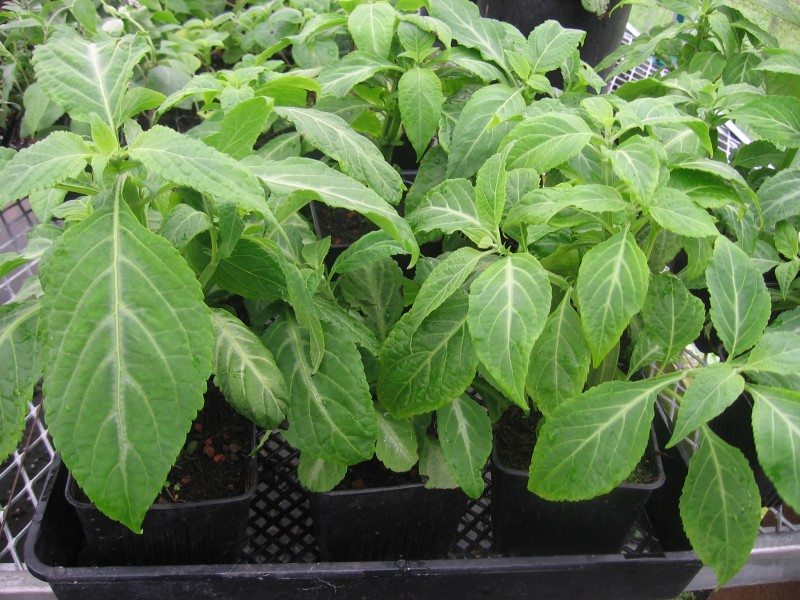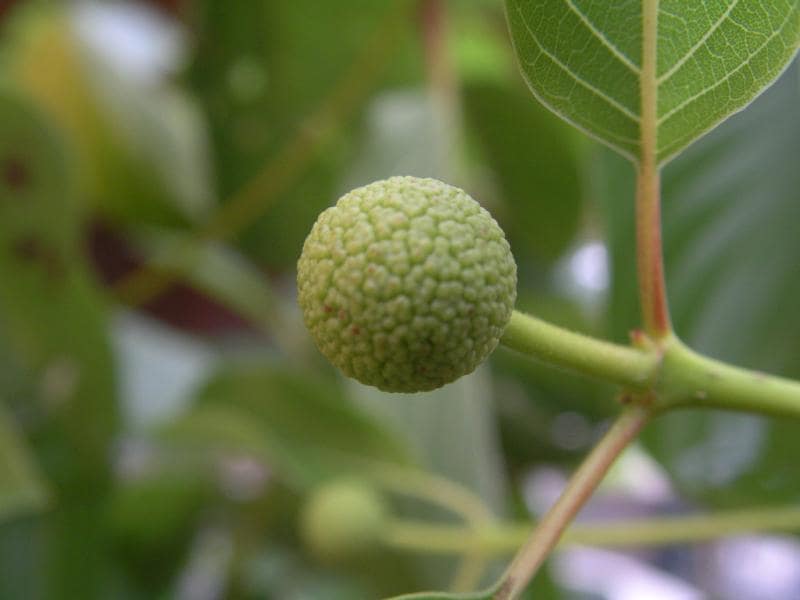There are a large number of active components in kratom that make it desirable for the human body. Most of these active components are alkaloids. The most important and notable alkaloids are mitragynine and 7-hydroxymitragynine. These compounds are responsible for the sedative and analgesic effects of this plant.
The chemical structure of these alkaloids is very similar to what one would expect from a psychedelic plant, which is probably why it is put in that category. However, the experience is less psychedelic than it is sedative.
Interestingly, kratom is used in small doses as a mild stimulant, practically like the effect of chewing coca leaves. But higher doses basically lead to stupor, or a very strong sedation.
The active alkaloids in kratom are opioid agonists, which means that they are very attracted to opioid receptors in the brain. Higher stimulation of these receptors is what is responsible for the effective sedative – and probably why kratom is used as a substitute for opium in Thailand.
The use of kratom as a means of dealing with opiate withdrawal is becoming increasingly popular in the West (which we will discuss in detail a little later in this article). However, there are more reasons than that to use kratom, so let’s take a look at what some of its medicinal properties are.
Does Kratom drug you?
As discussed, kratom has different effects at different doses. It is also a bit psychedelic. So the short answer is – yes, it does drug you. However, the effect is very different from what you know from marijuana use. Some people say the effect is much more subtle in terms of a psychedelic effect.
The higher the dose, the more likely the user will experience this effect. Nevertheless, in high doses, the kratom can induce the dream, causing that it is difficult to remain awake throughout its effect. However, some brain movements occur during the effect of kratom, especially with high doses.
Medical properties of kratom
As we have mentioned, the compounds in kratom go directly to the opioid receptors in the brain once they are ingested. This is what causes the analgesic effect of kratom. Those experiencing chronic pain use kratom as an alternative to pharmaceutical opioids, such as oxycodone or methadone.
In traditional medicine originating in the natural habitat of kratom, the leaves were also used to treat diarrhea and other intestinal problems. In more recent times, kratom has been used as a treatment for hypertension (high blood pressure). It lowers blood pressure in much the same way that other opioids do.

Due to the sedative effect, kratom can be used to treat any sleep-related illness. Those who suffer from insomnia or night terrors have used kratom as a means to enter deeper, more relaxing sleep.
Kratom as a medicine for opiate addiction
Kratom has gained popularity in the media because of its potential as a substitute for opiate use and because of its ability to help people deal with addiction.
A quick search on the Internet will show you that there are many people who are self-medicating with kratom. Unfortunately, due to its nature as an herbal remedy, there is a huge shortage of data regarding clinical trials. That is why it is becoming increasingly difficult to find concrete evidence of kratom’s potential as a medicine against opiate addiction.
However, what we do know is compelling. We already know that the effect of kratom is like that of opiates alone. In addition, the active compounds stimulate the same parts of the brain as opiates. There is very obvious evidence suggesting why kratom may be good for dealing with opiate addiction.
Please visit this URL to get more important information.




